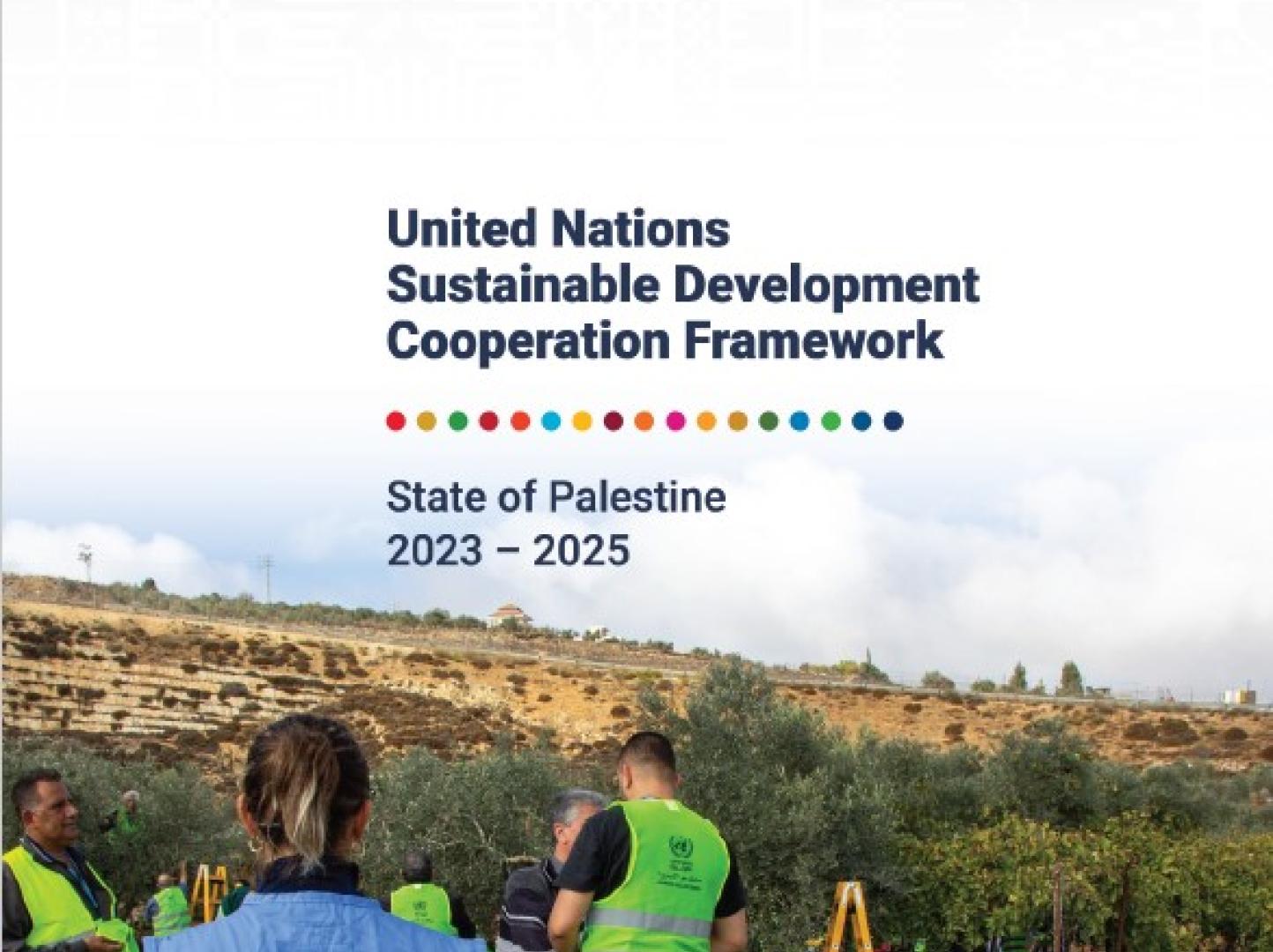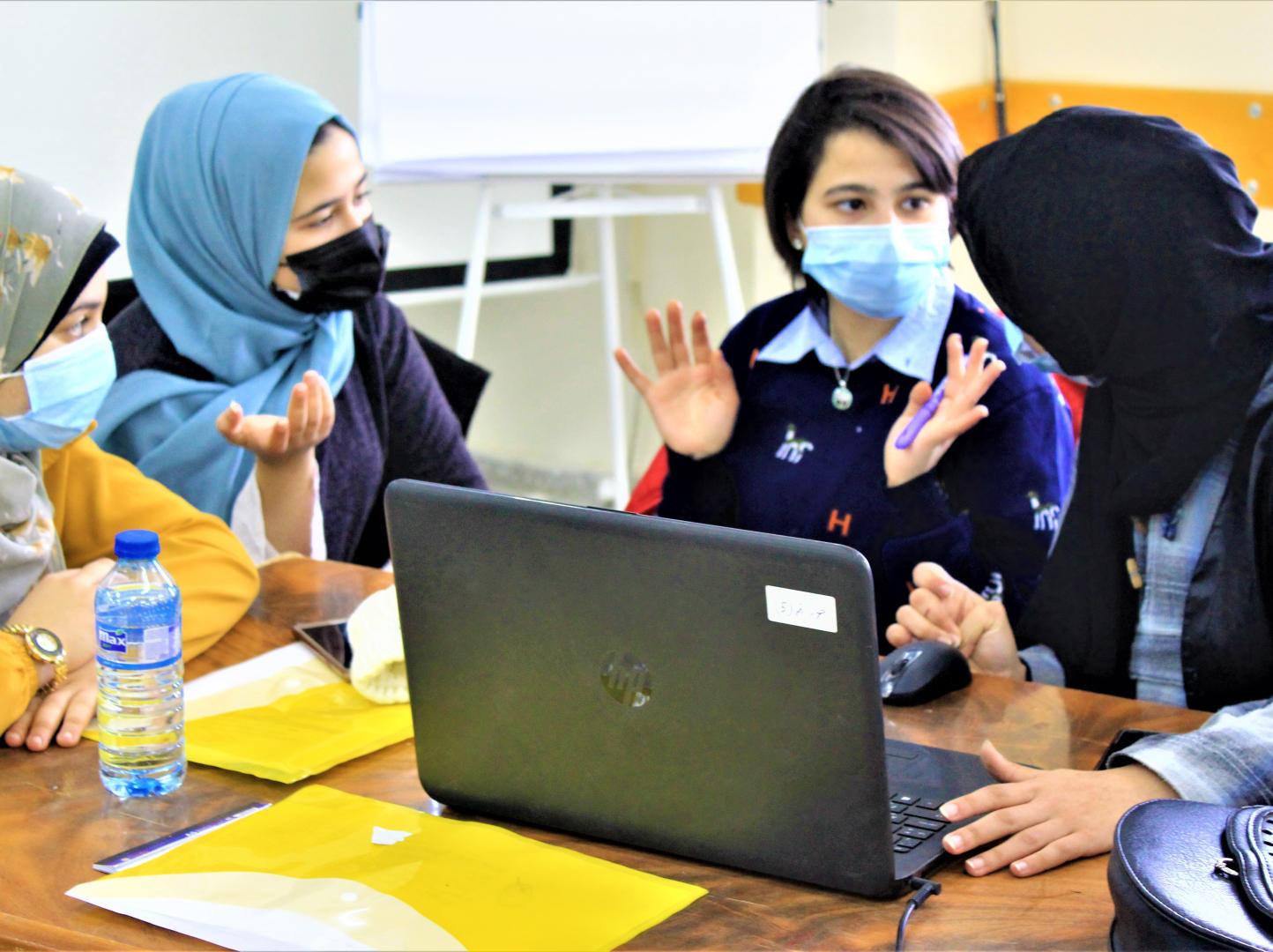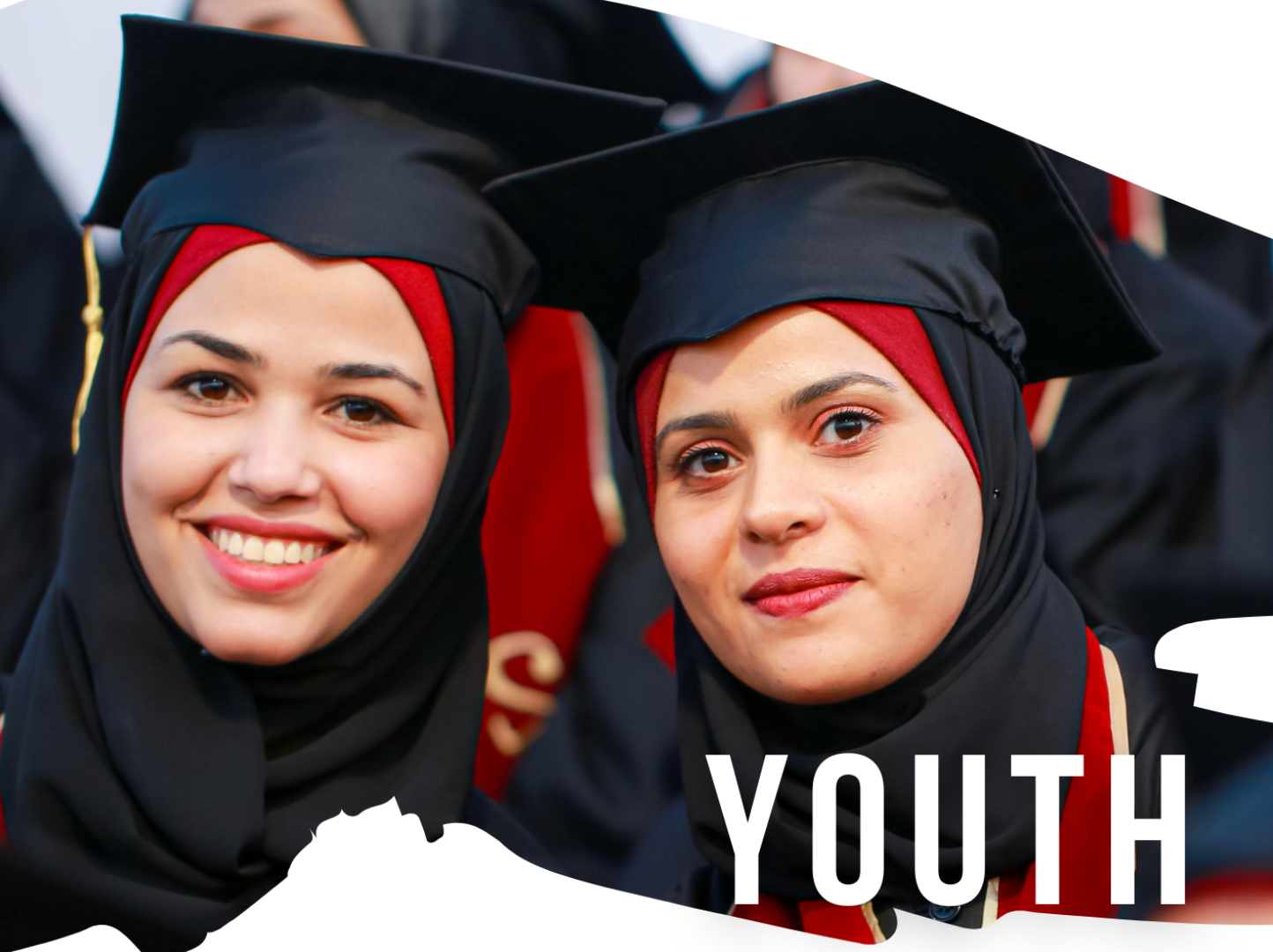2021 Gender Alert: A Multisectoral Gender Analysis to Inform the 2022 Humanitarian Programme Cycle in the oPt
An estimated 5.2 million Palestinians continue to live under Israeli occupation.Severe pressures experienced by civilians in the OPT resulting from the occupation have been linked to gender-based violence (GBV); school dropouts; as well as child marriage, forced marriage, and early high-risk pregnancies while service providers struggle to meet the population’s needs due to limited resources. The May 2021 escalation of hostilities in Gaza and the COVID-19 pandemic have reinforced pressures facing women, girls, boys and men in the OPT. The pandemic has also exacerbated inequalities, inequities and discrimination based on location, age, and geography. Women and girls are disproportionately impacted by gender norms and pre-existing inequalities. Globally, COVID-19 has affected women and girls in multi-dimensional ways, particularly those facing multiple, intersecting forms of discrimination. Women’s rights organizations have also been negatively impacted which will have consequences for the populations these organizations serve and represent. UN Secretary-General António Guterres has warned that the pandemic may cause “a reversal of the limited progress made on women’s rights and gender equality in the 26 years of implementation of the Beijing Declaration and Platform for Action”. Relatedly, Under-Secretary- General and then Executive Director of UN Women, Phumzile Mlambo-Ngcuka, highlighted that “The decrease of women in the labour market will make the pandemic last in the lives of women for many generations to come”. She has called for debt relief, greater financing, and increased levels of official development aid to help in “preventing a major regression in gender equality caused by COVID-19”.
In mid-2021, there were an estimated 5.2 million Palestinians living in the OPT, with 3.12 million in the West Bank, including east Jerusalem, and 2.11 million in the Gaza Strip.4 More than 2.3 million Palestinian refugees registered with UNRWA reside in the occupied Palestinian territory and more than 3.4 million reside outside it.5 38 per cent of Palestinians 14-years-old or younger and 5 per cent are 65 year or older.6 In the West Bank, the humanitarian situation continues to be marked by Israeli settlement expansion; settler violence and raids by security forces; the demolition and seizure of Palestinian structures; the displacement of Palestinians; restrictive planning regimes, and the obstruction of the delivery of materials needed for humanitarian projects. An escalation of hostilities across Israel and the OPT and the Gaza Strip experienced the heaviest sustained fighting between Israel and Palestinian factions since 2014.7 These developments have had significant short- and long-term implications for vulnerable populations, including women and girls in the OPT.




